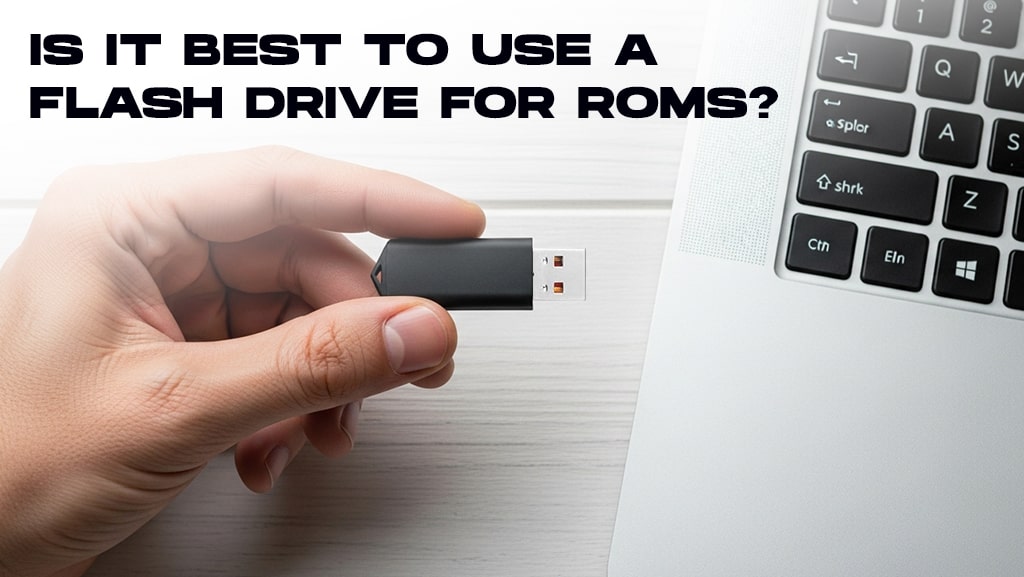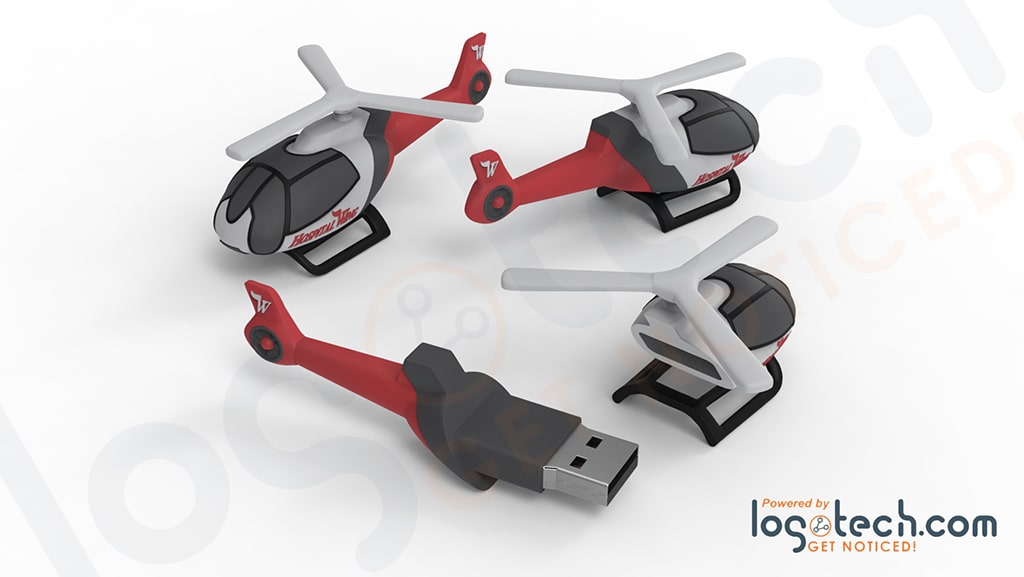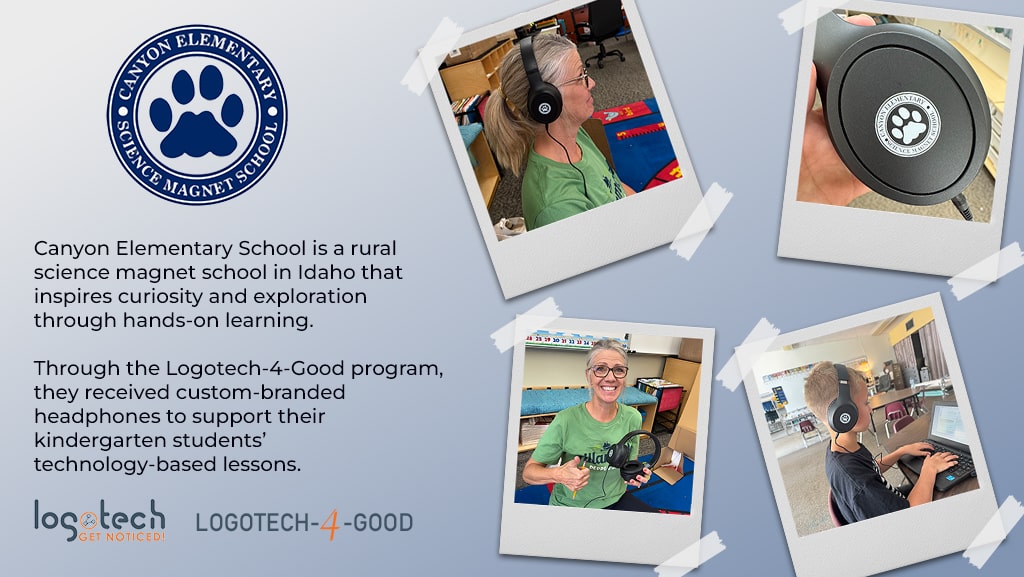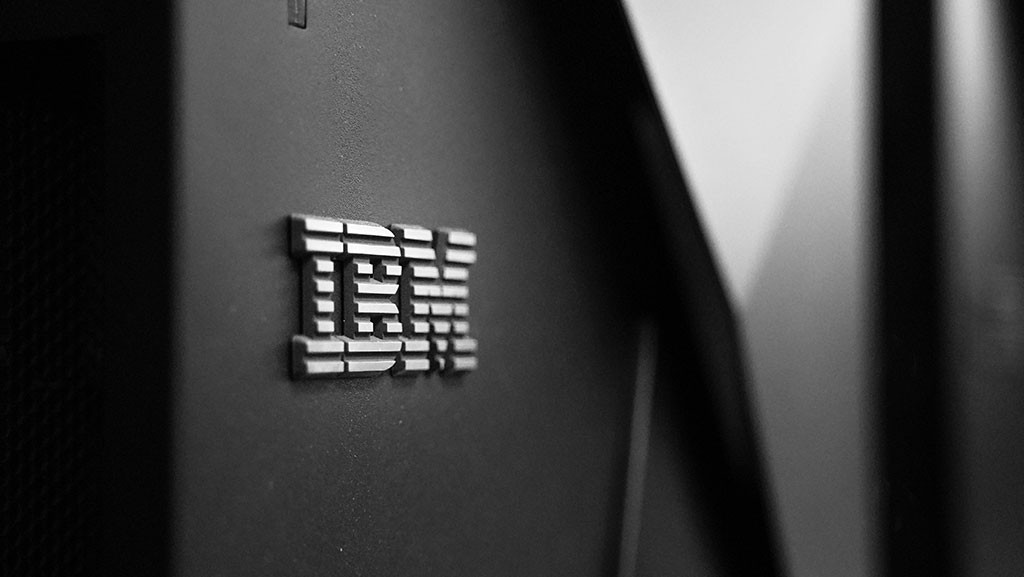
The Pioneers of Personal Computers: an IBM Story
While IBM is undoubtedly most famous for the era of personal computers, the company's story goes back nearly a century before that. To reach #4 on the Forbes list of most powerful brands, IBM went through a long history of transformations and adaptations to the quickly evolving world of technology. Managers, entrepreneurs, and marketers alike can learn a lot from the rich experience of IBM, so let's look at it.
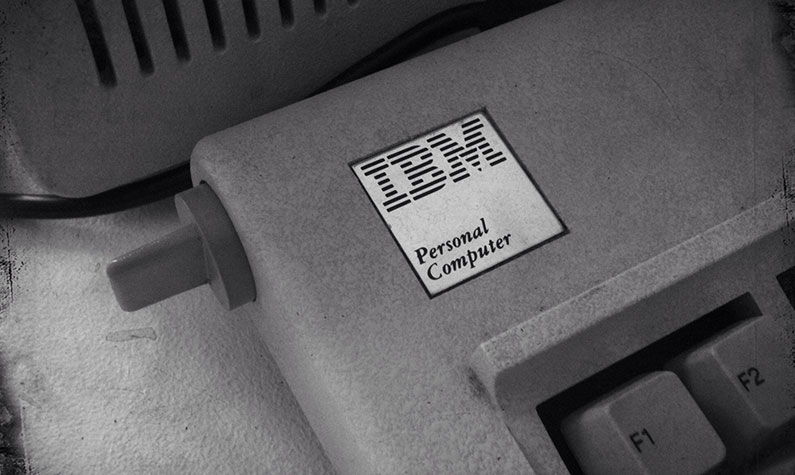
Before Personal Computing
IBM (short for International Business Machines), initially registered as C-T-R (Computing Tabulating Recording), first appeared in 1911. But a series of events in the preceding decades made the establishment of C-T-R possible. Among these are the invention of the first dial recorder in 1888 and a few breakthroughs in time recording equipment. C-T-R manufactured a wide range of products to survive in these tough economic times: industrial time recorders, weighing scales, and coffee grinders, among others.
Another factor that made the survival of C-T-R possible was the management know-how of executive Thomas J. Watson, Sr. He was an advocate of good working conditions with generous sales incentives and maintaining a team spirit in the company. This was at a time when this approach wasn't a top priority for most managers. Yet his approach was hugely successful because he more than doubled C-T-R's revenues in just four years. Following the company's rapid growth, including overseas locations, C-T-R officially changed its name to IBM in 1924.
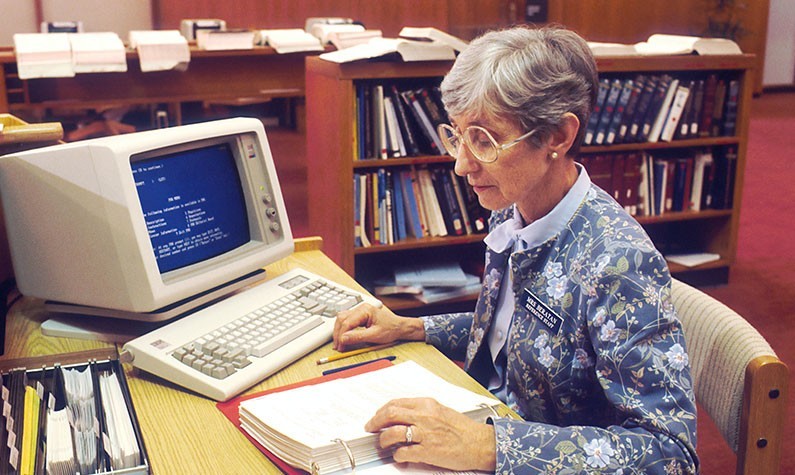
The Golden Age
The years leading up to the '80s had their ups and downs, but IBM showed impressive flexibility. They were among the few companies to keep growing during the Great Depression by staying loyal to their employees. IBM is known to be the first corporation to provide some milestones in social benefits such as group life insurance and paid leave.
The '40s brought a new test for IBM with the onset of World War II. The company helped U.S. military operations by shifting its production focus to military equipment such as engines and rifles. However, it managed to continue its other operations, and by the end of the war, a team of engineers had invented the Automatic Sequence Controlled Calculator. This invention was an important step in the development of the personal computer.
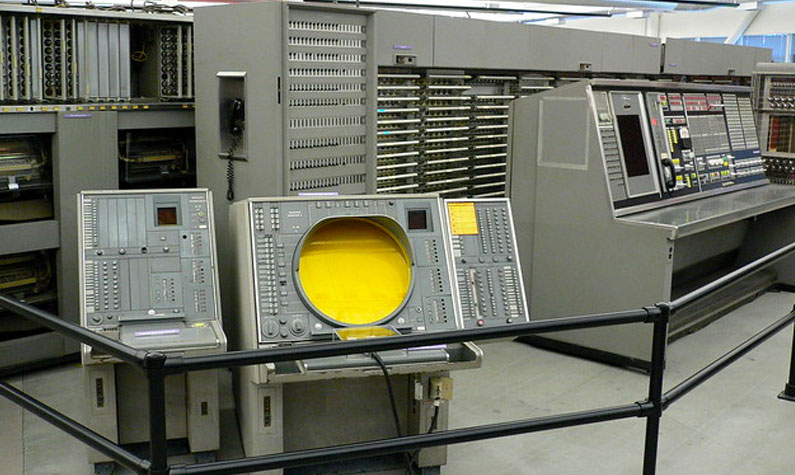
Then came the 1980s and the first personal computer (PC) that brought IBM its real popularity. With a paltry 16 KB of memory, the PC was nonetheless a great achievement. IBM's PCs incorporated current developments of the computing industry into a device that could be used not just by big industries but also by regular people and small companies.
IBM's Logo
Before settling on its current logo, IBM underwent several changes, most likely reflecting the company's identity at the time. C-T-R's logo had the three letters spelled with different sizes, with the letter T brought to the front to emphasize Thomas Watson's popular THINK slogan. Once, Watson said: "The trouble with every one of us is that we don't think enough. We don't get paid for working with our feet — we get paid for working with our heads." Since then, THINK has become something of a motto for the company. Now you know why IBM's laptops are called ThinkPads.
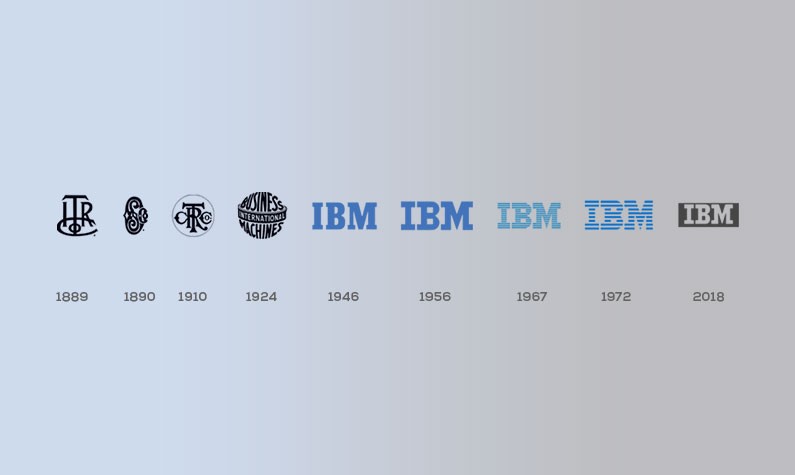
Following the name change, the logo became a globe, symbolizing IBM's rapid overseas expansion. The words Business Machines circled the globe, whereas the word International was proudly put at the very center, circling the globe horizontally, much like the Equator. The IBM acronym first appeared in 1947, but the letters were somewhat ordinary. In 1956 the colors were changed to black and to the font we know today. A more important addition was done in 1972 when famous designer Paul Rand put eight (sometimes 13) horizontal lines slashing through the logo. The intention was to create a feeling of speed and dynamism to go with the times of ever faster technological growth.
The Modern Age
Today IBM continues to build upon its traditional principles: Respect for the Individual, Service to the Customer, and Excellence must be a way of life.
Since 2011, the company has impressed the world with its cutting-edge AI named Watson, which famously went on and won the game show Jeopardy!, beating two previous champions in the process. IBM has also entered major partnerships with companies like Twitter, Meta, Apple, and Microsoft, assisting them with cloud software and new marketing technologies.
No matter how you use technology or which OS you prefer, we have the custom technology products you want to promote your business or to give out as corporate gifts to your long-time employees.





